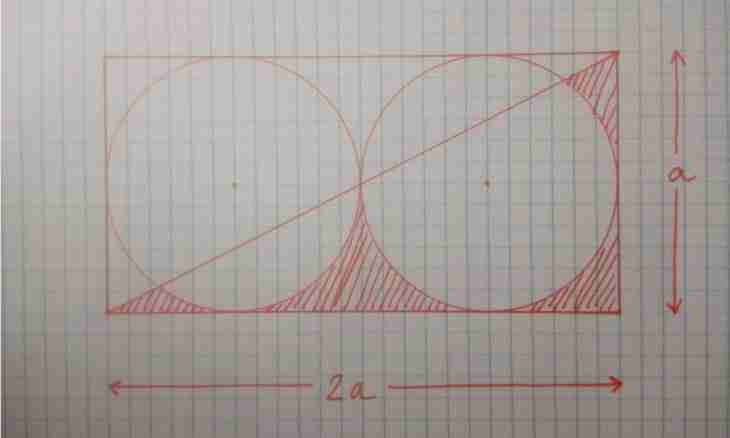To solve this problem, it is necessary to remember what is the truncated cone and what properties it has. Surely make the drawing. It will allow to define what geometrical figure is represented by cone section. It is quite possible that after that the solution of a task will not represent for you complexity any more.
Instruction
1. A round cone – the body received by rotation of a triangle around one of its legs. The straight lines proceeding from top of a cone and crossing its basis are called forming. If all forming are equal, then the cone is direct. In the basis of a round cone the circle lies. The perpendicular lowered on the basis from top is cone height. At a round direct cone height coincides with its axis. The axis is the straight line connecting top to the center of the basis. If the horizontal secant the plane of a circular cone is parallel to the basis, then its top basis represents a circle.
2. As in a statement of the problem it is not stipulated what cone is given in this case, it is possible to draw a conclusion that it is the round direct truncated cone, which horizontal section parallel to the basis. Its axial section, i.e. the vertical plane which passes through an axis of the round truncated cone represents an equilateral trapeze. All axial sections of a round direct cone are equal among themselves. Therefore, to find the area of axial section, it is required to find the area of a trapeze which bases are diameters of the bases of the truncated cone, and sides – it forming. Height of the truncated cone is at the same time trapeze height.
3. The area of a trapeze is determined by a formula: S = to ½(a+b) h where S is the area of a trapeze; a – size of the lower basis of a trapeze; b – size of its top basis; h – trapeze height.
4. As in a condition it is not stipulated what sizes are given, it is possible to consider that diameters of both bases and height of the truncated cone are known: AD = d1 is diameter of the lower basis of the truncated cone; BC = d2 is diameter of its top basis; EH = h1 is cone height. Thus, the area of axial section of the truncated cone is defined: S1 = ½ (d1+d2) of h1
